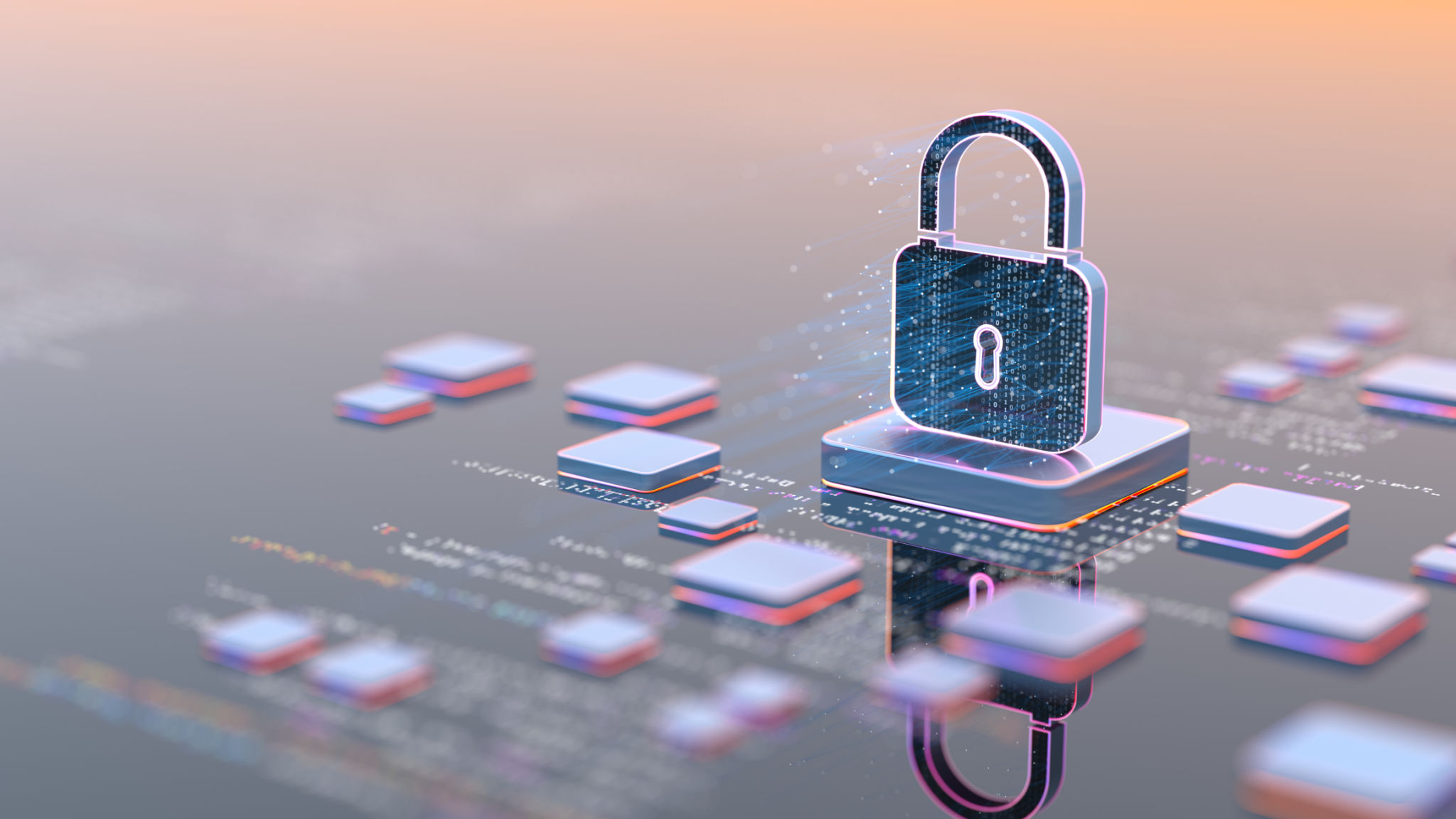Understanding SaaS Infrastructure: Ensuring Security in Financial Applications
Introduction to SaaS Infrastructure
Software as a Service (SaaS) has revolutionized how businesses access and utilize software applications. By providing a cloud-based solution, SaaS offers significant advantages in terms of scalability, flexibility, and cost-effectiveness. However, when it comes to financial applications, ensuring robust security within SaaS infrastructure becomes paramount.
SaaS infrastructure for financial applications must address several critical security concerns to protect sensitive data and maintain client trust. Understanding these aspects is crucial for businesses looking to leverage SaaS solutions while safeguarding their financial data.

Key Components of Secure SaaS Infrastructure
The backbone of any secure SaaS solution lies in its infrastructure. Several components work together to ensure data protection and security compliance:
- Data Encryption: Encrypting data both in transit and at rest is essential. This ensures that even if data is intercepted or accessed without authorization, it remains unreadable.
- Access Control: Implementing strong authentication mechanisms, such as multi-factor authentication (MFA), helps verify user identities and restricts unauthorized access.
- Regular Audits: Conducting frequent security audits and assessments helps identify vulnerabilities and ensures compliance with industry standards.
These components are integral to maintaining the integrity and confidentiality of financial data managed within SaaS platforms.
Data Privacy and Compliance
Data privacy is a critical concern for financial institutions utilizing SaaS applications. Compliance with regulations such as GDPR and CCPA is not optional but mandatory. SaaS providers must implement policies and procedures that ensure data privacy and regulatory compliance.
This involves establishing clear data processing agreements with clients, providing transparency about data usage, and allowing users control over their data. By adhering to these regulations, businesses can mitigate legal risks and build trust with their clients.

Robust Monitoring and Incident Response
An effective security posture in SaaS infrastructure requires continuous monitoring and a well-defined incident response plan. Monitoring involves tracking system activities to detect any unusual behavior that could indicate a security breach.
Incident response plans should outline the steps to be taken in case of a security incident. This includes identifying the breach, containing the threat, eradicating the cause, and recovering affected systems. A well-prepared incident response strategy minimizes damage and ensures business continuity.
The Role of Artificial Intelligence
Artificial intelligence (AI) plays a growing role in enhancing the security of SaaS infrastructure. AI can help detect anomalies, identify potential threats, and automate responses to security incidents. By leveraging machine learning algorithms, AI systems can continuously learn from new data, improving their accuracy in threat detection over time.

Best Practices for SaaS Security
Implementing best practices is crucial for maintaining a secure SaaS environment for financial applications:
- Conduct Regular Security Training: Educate employees about security risks and best practices to promote a security-aware culture.
- Implement Strong Password Policies: Enforce complex passwords and regular password changes to prevent unauthorized access.
- Stay Updated: Keep all software up-to-date with the latest security patches to protect against vulnerabilities.
By adopting these practices, businesses can enhance their SaaS security posture and protect sensitive financial information effectively.
Conclusion
Securing SaaS infrastructure for financial applications requires a comprehensive approach that encompasses encryption, access control, compliance, monitoring, AI integration, and best practices. As businesses continue to rely on SaaS solutions, understanding these elements is essential to protect sensitive data and maintain trust with clients. By prioritizing security in their SaaS infrastructure, companies can enjoy the benefits of cloud technology while safeguarding their financial assets.
